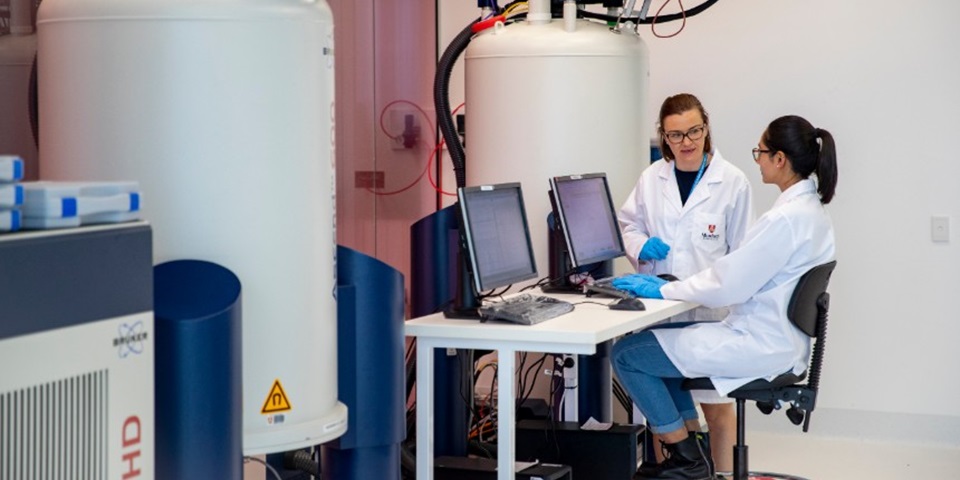News
ANPC delivers breakthrough in understanding the effects of COVID-19

The ANPC shows that COVID-19 is a multi-organ metabolic disease which yields new approaches for accurate detection and patient follow-up.
The Australian National Phenome Centre (ANPC) at Murdoch University, working with researchers at the University of Cambridge have developed a predictive metabolic model for COVID-19 infection that shows multi-organ effects. This work has been subject to scientific peer review and has just been published.
“To effectively navigate the coming waves of COVID-19, we need to be able to accurately diagnose and predict severity of disease for infected individuals at an early stage so that they can be more effectively monitored and managed,” said Professor Jeremy Nicholson, Director of the ANPC.
The samples were analysed using state-of-the-art metabolic phenotyping technologies at the ANPC, which revealed a profound biological fingerprint of the disease that includes elements of liver dysfunction, dyslipidaemia, diabetes, and coronary heart disease risk. These have all been found to be related to the long-term effects in patients that were affected by the original SARS virus.
These fingerprints mark systemic changes in biochemistry and are irrespective of the time of collection during the active disease process and independent of the overall severity of respiratory symptoms.
“We still have to fully validate our tests before we can deploy them at the field level and that is why we are collaborating with the University of Cambridge to analyse large numbers of new plasma samples obtained from UK COVID-19 patients and this is now underway,” said Professor Nicholson.
Perhaps the most important observation is that the disease involves multiple organs and the majority of the patients show signs of newly presenting diabetes and liver damage irrespective of the severity of the lung symptoms.
“Many of the metabolic features that we pick up are not part of routine clinical chemical testing and this has immediate patient management implications because these morbidities might be occurring under the radar of the current testing paradigms as they can be quite subtle.
“These emergent pathologies need to be managed at the same time as the acute respiratory problems to optimise patient recovery,” said Professor Nicholson.
What we do not know is how persistent these symptoms are or whether they change long terms disease risks for recovered patients.
"Detailed follow up studies on recovered patients at the state and national level will be crucial to our understanding of long-term disease risks and we have obtained funding from the Spinnaker-Health Research Foundation, the McCusker Charitable Foundation and the WA Government to help undertake these studies."
Dana Henderson, CEO of Spinnaker-Health Research Foundation, said the Foundation viewed this as the first major step in a long journey of discovery.
“Spinnaker has provided significant funding to this research as we believe it is important to ensure we are monitoring those who have been infected in an attempt to mitigate the risk of life-long disease. Significantly, it is also important our health systems understand what the long-term implications might be.
“We believe this is just the beginning of a journey of discovery we need to be on to guide us out of this disease. A vaccine may save those in the future but much needs to be done to help those who have already been infected.”